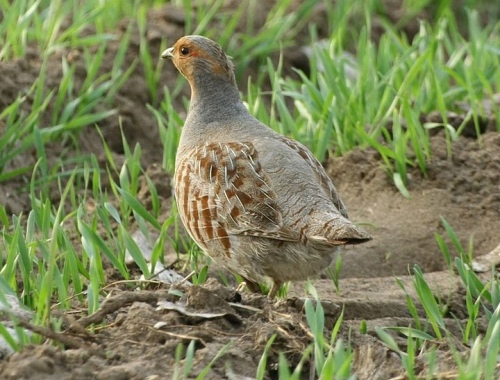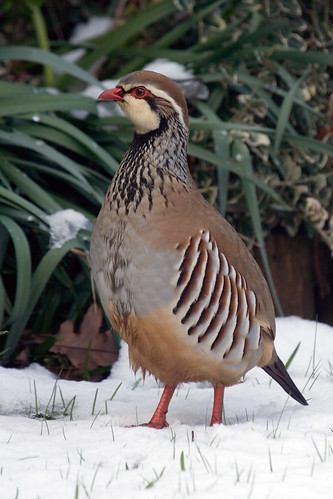No surprise in the final bird on the advent calendar. Or at least, no surprise for my British readers; robins probably appear on more Christmas cards here than Jesus.

In fact, the robin is so deeply linked to Christmas that it’s slightly surprising to remember other countries don’t have the same association. Some of them have the excuse that they don’t actually have any robins — and no, Americans, your so called ‘robins’ don’t count — but the same applies to other European countries.
It’s not completely clear where the connection came from. It’s relatively recent, as folklore goes; at most back to the eighteenth century, and it became really well established in the nineteenth, as Christmas cards became popular. One suggestion, according to Birds Britannica, is that Robin was a nickname for Victorian postmen, who had red uniforms; so the birds often appeared on Christmas cards carrying envelopes in their beaks. Or perhaps it’s because they sing through the winter.
Christmas aside, they are very popular birds; they are famously tame around people, hanging around gardeners looking for worms. Apparently they actually evolved this behaviour in association with wild boar, which they would follow through the forest in much the same manner. I guess there are worse things to be than a substitute boar.
Happy Christmas, one and all.






